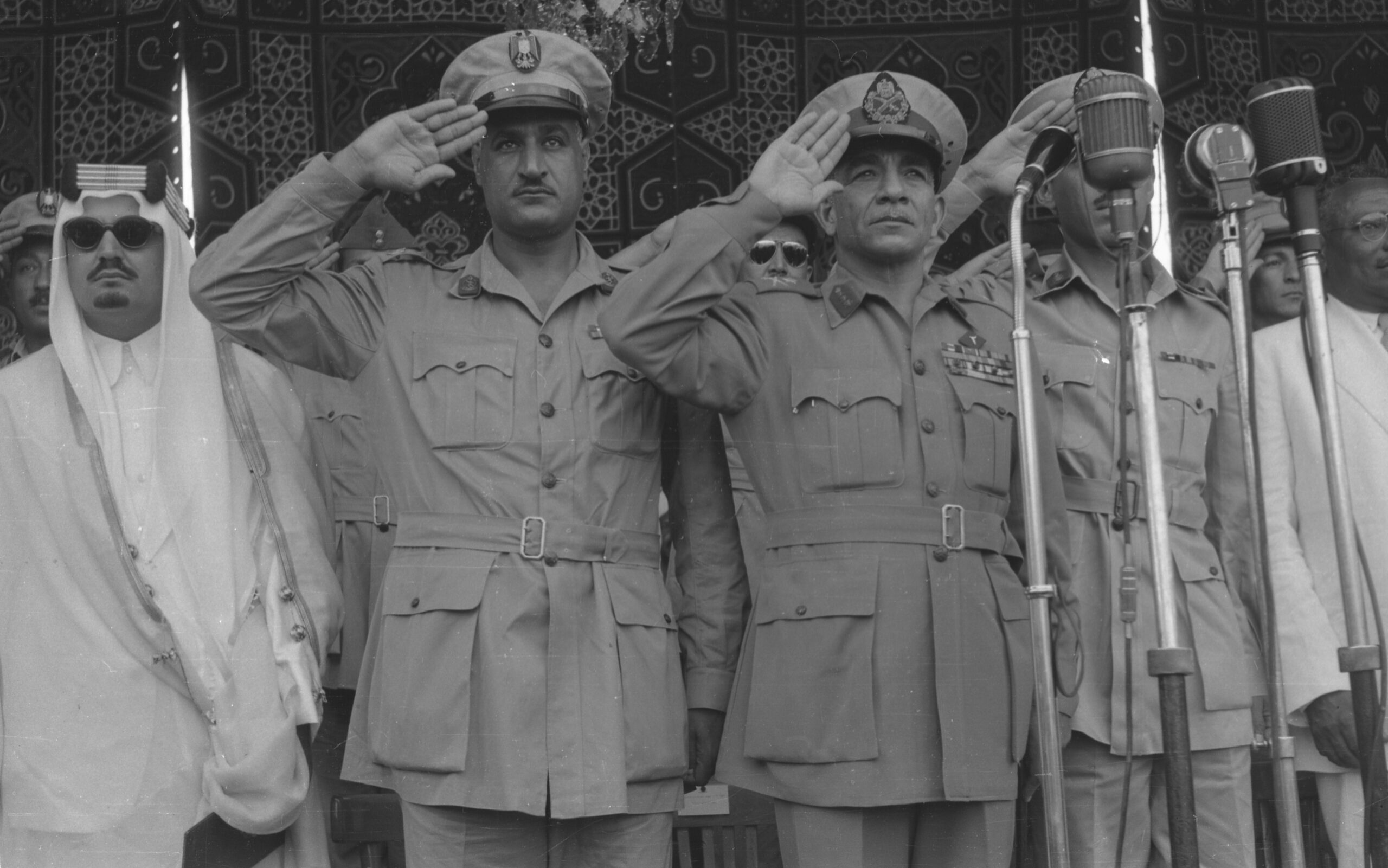
September 27, 1955
Egyptian President Gamal Abdel Nasser uses a speech at a military exhibition to announce that Czechoslovakia will supply heavy Soviet weaponry to his nation. The deal is said to be worth more than $83 million and include tanks, MiG-15 fighter planes and heavy bombers.
With the support of the Soviet Union, which hoped Israel would provide a socialist or even Communist toehold in the Middle East, Czechoslovakia served as a crucial arms supplier to Israel before and during the War of Independence, including the provision of reconditioned German warplanes from World War II that formed part of the core of Israel’s initial air force. But when Israel turned to the West for allies, the Soviets looked elsewhere for an opportunity to extend their influence into the Middle East.
Nasser, who had maintained neutrality toward the superpowers, recognized after Israel’s Operation Black Arrow raid in February 1955 that Egypt needed state-of-the-art weapons. He announced his interest in Soviet arms in the hope that the United States would offer a deal to keep the Soviets away. When President Dwight Eisenhower didn’t take the bait, Nasser pursued the agreement with Czechoslovakia for Soviet arms.
The deal represents 85% of all foreign weapons sent to the Middle East between 1951 and 1956. The agreement also plays a crucial role in the Suez Crisis of 1956. Britain, fearful of rising Soviet influence in the region, decides that it needs to take action to secure the canal and undermine Nasser. Israel concludes that the Soviet weapons will be used against it at some point and so recognizes the need to fight Egypt when it is ready rather than wait to be attacked.
